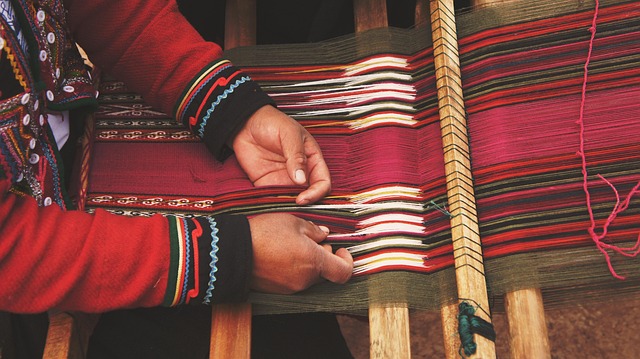
Pakistan’s Textile Exports in 2017: Revival Efforts Amid Global Competition
In 2017, Pakistan’s textile industry remained the backbone of the country’s economy, contributing nearly 60% of total exports and employing over 15 million people directly or indirectly. However, despite its massive potential, the sector faced mounting challenges due to rising international competition, energy shortages, and declining global demand.
Total textile exports in 2017 stood at approximately $12.45 billion, according to the Pakistan Bureau of Statistics. This represented a modest improvement from the previous year, owing to the government’s Export Package announced in January 2017. The Rs. 180 billion package provided rebates on textile and apparel exports and sought to improve competitiveness through subsidies and duty drawbacks.
Pakistan’s major textile exports included cotton yarn, cotton cloth, bed linen, knitwear, and readymade garments. The United States, the European Union, and China remained the top export destinations. The Generalised System of Preferences (GSP+) status granted by the EU in 2014 continued to benefit Pakistani exporters, offering tariff-free access to European markets for most textile products.
Nevertheless, textile exporters contended with high input costs, poor infrastructure, and inconsistent energy supply, particularly in Punjab — home to a majority of the country's textile mills. The high cost of doing business, coupled with a lack of technological upgrading, meant that Pakistan was losing ground to regional competitors like Bangladesh and Vietnam. Both countries offered lower wages and more business-friendly environments, drawing orders from global brands.
The government tried to address these issues by offering LNG at subsidized rates and reducing electricity tariffs for textile manufacturers. Moreover, the Ministry of Textile Industry, in collaboration with the Planning Commission, announced initiatives for skill development, export diversification, and textile park development.
Digitization efforts also began to surface. Some large textile firms, such as Nishat Mills, Interloop, and Gul Ahmed, began adopting enterprise resource planning (ERP) systems to streamline operations. A small but growing number of exporters explored e-commerce as a way to directly reach consumers in Europe and North America, bypassing middlemen.
In 2017, the All Pakistan Textile Mills Association (APTMA) repeatedly urged the government to ensure policy continuity and improve refund mechanisms under the zero-rated regime. Delays in tax refunds and complex procedures continued to choke cash flows, discouraging new investment.
The year marked a cautious optimism in the sector. With targeted policy support and a focus on value-added goods rather than raw cotton exports, industry leaders believed that Pakistan could regain lost momentum in the global textile supply chain.
References:
[1] Pakistan Bureau of Statistics – Export Data 2017. https://www.pbs.gov.pk
[2] Ministry of Textile Industry – Annual Report 2017. http://www.textile.gov.pk
[3] APTMA Press Releases and Policy Papers, 2017. https://www.aptma.org.pk
